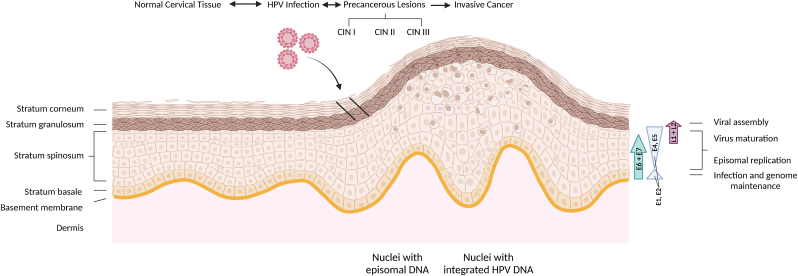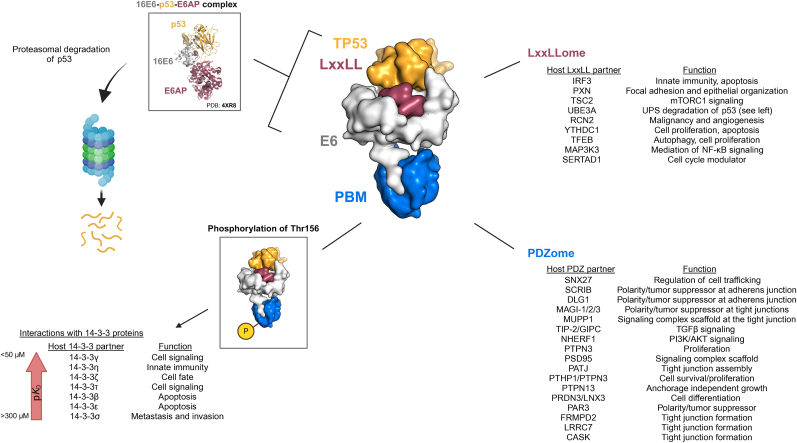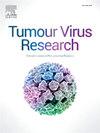厨房里的厨师太多:HPV驱动的致癌作用——是合作还是竞争的结果?
IF 8.1
Q1 VIROLOGY
引用次数: 0
摘要
人乳头瘤病毒感染是世界范围内最广泛的性传播感染。这些感染的临床表现可以从亚临床和无症状到肛门生殖器癌,后者与持续感染相当长的一段时间有关。在已确定的200多种人类病毒同型中,其中一部分因其诱导肿瘤发生的能力而被定性为高风险。乳头瘤病毒发病机制的核心是三种病毒编码的癌蛋白:E5、E6和E7。在这篇综述中,我们将讨论这些蛋白质各自的作用以及它们如何促进致癌,评估将它们与低风险对应物区分开来的关键区别特征。此外,我们将考虑这三者之间的复杂关系,以及它们相互交织的功能网络如何支撑癌症的发展。本文章由计算机程序翻译,如有差异,请以英文原文为准。


Too many cooks in the kitchen: HPV driven carcinogenesis – The result of collaboration or competition?
Infection by Human Papillomaviruses accounts for the most widespread sexually transmitted infection worldwide. Clinical presentation of these infections can range from subclinical and asymptomatic to anogenital cancers, with the latter associated with persistent infection over a significant period of time. Of the over 200 isotypes of the human virus identified, a subset of these has been characterized as high-risk due to their ability to induce oncogenesis. At the core of Papillomavirus pathogenesis sits three virally encoded oncoproteins: E5, E6, and E7. In this review we will discuss the respective roles of these proteins and how they contribute to carcinogenesis, evaluating key distinguishing features that separate them from their low-risk counterparts. Furthermore, we will consider the complex relationship between this trio and how their interwoven functional networks underpin the development of cancer.
求助全文
通过发布文献求助,成功后即可免费获取论文全文。
去求助
来源期刊

Tumour Virus Research
Medicine-Infectious Diseases
CiteScore
6.50
自引率
2.30%
发文量
16
审稿时长
56 days
 求助内容:
求助内容: 应助结果提醒方式:
应助结果提醒方式:


